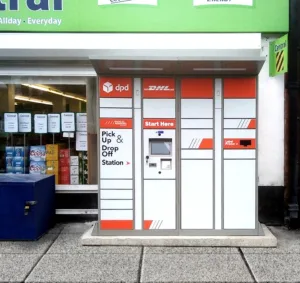By Charlie Casey, CEO of LoyaltyLion
Things are pretty unsettled for most consumers right now, with inflation at a 40-year high, and the UK experiencing a significant economic downturn. Interestingly though, the landscape looks a lot different to the last time the UK approached a recession, and ecommerce is still hitting record highs in terms of annual ecommerce sales.
In fact, according to recent research, ecommerce will account for 20.4% of global retail sales by the end of this year. Why is this? Well, if we look back to 2008, Shopify was just two years old and growing its customer base from scratch. Jump to today there are several million active Shopify stores. As ecommerce has boomed, so too has the competition. This means it’s more expensive to acquire customers, and stores need to work harder to retain them and differentiate their unique offering.
So, when faced with a looming recession and progressively fierce competition, how can brands possibly win in 2023? Simple – it’s all about retention. Here are five ways to do just that.
- Reward customers with free shipping and returns
Record numbers of goods were returned following this year’s Black Friday, and research shows that hassle-free returns are more important to shoppers than ever. With Royal Mail strikes set to disrupt the festive period, soften the blow of potential delays by rewarding your most valuable customers with free shipping and returns. Customers are after overall value as well as a positive experience, and a free (or discounted), easy-to-implement shipping and returns process plays a key part in both.
- Building customer lifetime value (CLTV)
Building customer lifetime value will also be crucial. Opting in customers to a loyalty program as early as possible, and engaging with them in between visits will speed up time to purchase. Then crucially, retailers should re-engage customers when they become ‘at risk’.
- Acquisition through advocacy
By targeting loyal shoppers, stores can acquire new customers more cost effectively through advocacy. Retailers should incentivise shoppers to leave reviews, whilst providing loyalty points for referring the brand to family and friends.
- Driving differentiation
Building emotional connections and demonstrating shared values will be essential in 2023. Stores should allow customers to earn points via activities that do good, such as recycling packaging, or redeeming those points in the form of charitable rewards such as tree planting.
- Integrated technologies
Finally, costs might have to be cut if a recession is on the horizon, so retailers should drive every cent of ROI from technology. Brands should segment data to identify the highest value customers, use automations to trigger email flows, and ensure data is moving seamlessly between systems.
To conclude
The key thing to remember in 2023 is that consumers will be more picky. All you have to do is look at the luxury market to see that people will still save up over time to make a purchase they’re particularly passionate about. That’s why retention will be one of the biggest trends next year. Reducing acquisition costs, driving organic growth and creating genuine lasting relationships are a must.










